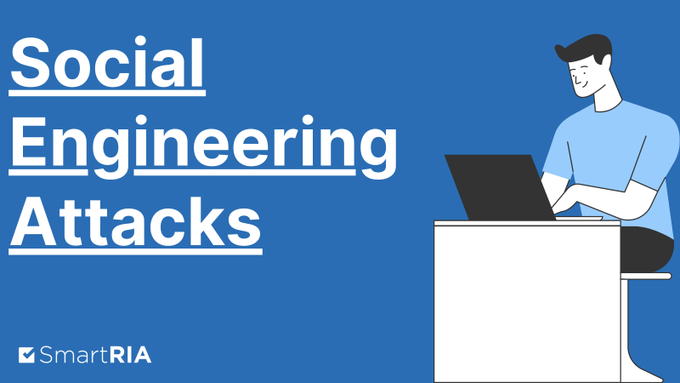Historically, small-cap stocks have been shown to outperform the rest of the market because of greater growth opportunities. A massive company is limited by its existing size. ~ U.S. News and World Report
Small cap company pundits recommend that investors review several key financial metrics and ratios to properly evaluate small cap companies. Following these metrics and ratios, you will be well on your way to finding a few hidden gems in the small cap market.
Each small cap company should be evaluated on fundamental factors to identify which ones can exhibit durable long-term growth.
- Growth measures include revenue growth rate;
- Profitability measures include operating profit and earnings per-share; and
- Capital efficiency measures include return on invested capital.
In short, investors should seek to invest in the top-tier of eligible small cap companies .
Here are seven key metrics that should be reviewed before buying any stock. These indicators should help you get most of the way in understanding a company, its operations, and its underlying business.
1. Institutional activity. Pension funds, mutual funds, hedge funds, insurance companies and corporations that buy and sell huge blocks of shares can create tremendous volatility in prices. To lessen this risk in your investments, try to buy shares in companies where institutions own less than 40% of their shares.
2. Analyst coverage . Another indication of future share volatility is the number of Wall Street analysts covering a stock. Analysts – like the big institutions – have a herd mentality. When one sells, so do the rest, resulting in great numbers of shares changing hands, and usually leading to price declines. It’s best to avoid companies with more than 10, or fewer than 2 analysts following them. (You need some analyst interest or you may be waiting a long time for price appreciation, even in the strongest and most undervalued company) .
3. Price-earnings ratio (P/E) . The price of one share of a company’s stock divided by four quarters of its earnings per share, the P/E ratio is of utmost importance in determining if a company’s shares are over- or under-valued. For the best perspective, go to Reuters , then select Ratios and compare the current P/E of the company to its average P/E for the last 3-5 years, to its estimated future P/E and to the average P/E of its industry or sector. One note: If a company’s P/E is more than 35, it might be too pricy. You may want to stick with companies that are trading at lower P/Es, particularly if you are fairly new to investing.
4. Cash flow. One of the most important parts of a financial report is its Statement of Cash Flows, which is a summary of how the company made and spent its money. The Total Cash Flow From Operating Activities represents the cash the company took in from its primary business operations.
It’s important that this number be positive, or at least trending positive over the course of a year. After all, if the business isn’t making money from its primary product – not from investing in real estate or the stock market – then you probably want to pass it by.
5. Debt/equity. This ratio is how much debt per dollar of ownership the business has incurred. Compare the firm’s historic debt/equity ratios, so you can find out if its debt level over the past few years has been rising too rapidly. Debt isn’t bad, as long as it is used as a springboard to grow sales and earnings. Next, contrast the company’s ratio with its competitors and its industry so you can further determine if your company’s debt position is reasonable.
6. Growing sales and income. One rule of thumb is to buy shares in companies whose sales and net income are growing at double-digit rates. I cannot emphasize this enough, as, appreciation in stock prices is generally precipitated by growth in earnings (which usually follows expansion of sales) . It’s certainly possible to buy stock in a company that has no earnings growth (a new business, or a tech company in the late 90’s, for example) and still make money on the shares – short-term – but it’s not a formula for serious, successful long-term investing.
7. Insider activity. Investors will also want to review the buying and selling activities of a company’s insiders – its top officers and directors. A sudden rush to sell large quantities of the firm’s shares may be a good indicator that the business is falling on rough times. Likewise, a large increase in purchases may mean good news is on the way.
No single financial metric or ratio will determine the validity or potential of your investment. It is of utmost importance that you take a complete look at a company’s financial strength and its future growth prospects, by conducting a thorough analysis – over time – usually a 3-5 year track-record.
Many small caps stay small because they have structural problems, management lacks the capability to grow the business, or their niche simply isn’t large enough to support a bigger enterprise.
In contrast, many small cap companies can graduate to greater things, earning shareholders tremendous returns along the way.
References:

